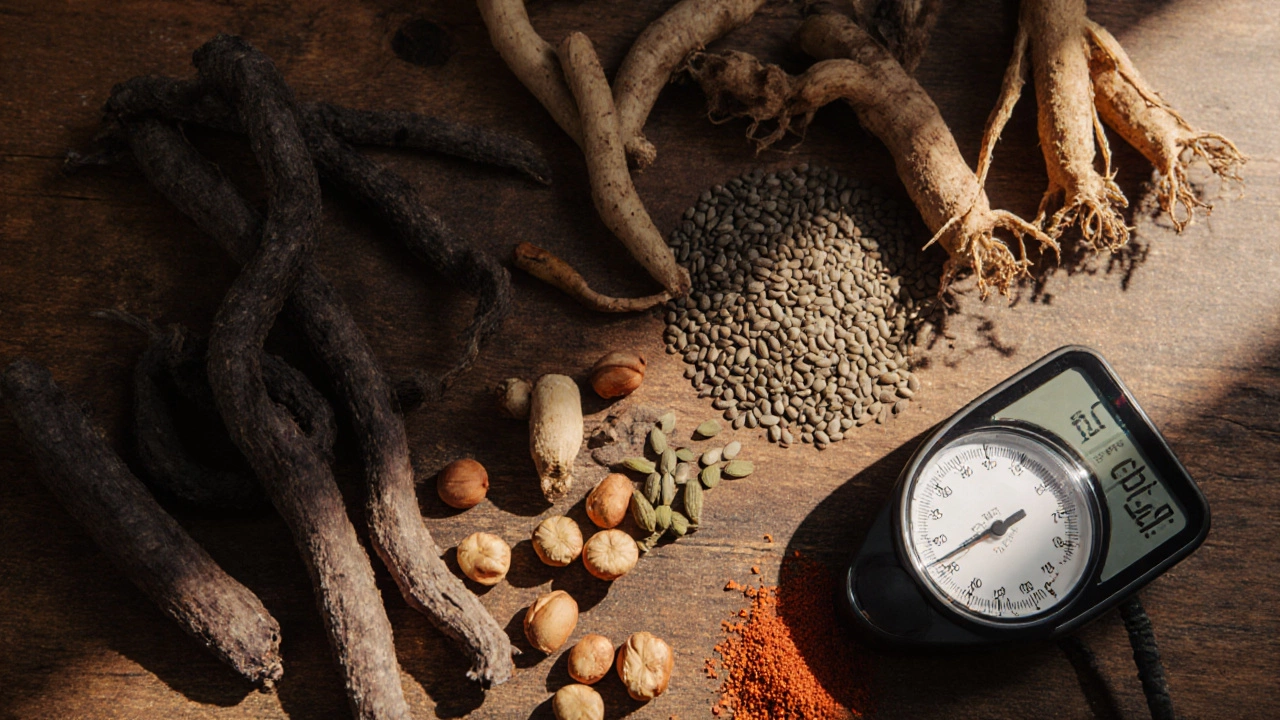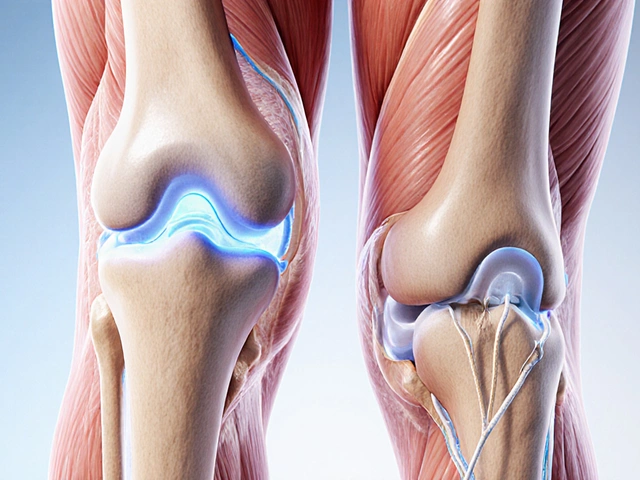Hypertensive Herbs: Natural Solutions for High Blood Pressure
When exploring Hypertensive Herbs, plants traditionally used to lower high blood pressure. Also known as blood pressure herbs, they are a core part of Herbal Medicine, the practice of using plants for therapeutic purposes and specifically target Hypertension, chronically elevated arterial pressure. In simple terms, these herbs contain natural compounds that help relax blood vessels, improve kidney function, or balance hormones that control fluid retention. The result is a gentle and steady reduction in systolic and diastolic numbers without the harsh side‑effects of many synthetic drugs.
Key Herbs, Their Action, and How to Use Them
Among the most studied natural hypertension remedies are garlic, hibiscus, and cinnamon. Garlic (Allium sativum) delivers allicin, a sulfur‑rich molecule that dilates arteries and reduces arterial stiffness. Studies from Indian medical schools show that a daily dose of one crushed clove can cut systolic pressure by 5‑8 mmHg after a month of consistent use. Hibiscus (Hibiscus sabdariffa) works differently – its anthocyanins act as antioxidants that protect the endothelium, the inner lining of blood vessels, allowing them to stay flexible. A cup of cold hibiscus tea twice a day is enough to see measurable drops in both systolic and diastolic readings. Cinnamon (Cinnamomum verum) influences insulin sensitivity and helps the body handle glucose spikes, which indirectly eases pressure on the cardiovascular system. Adding half a teaspoon to oatmeal or a smoothie provides a subtle but steady benefit.
Ayurvedic tradition adds turmeric, fenugreek, and holy basil (Tulsi) to the list. Turmeric’s curcumin content modulates inflammatory pathways that can otherwise narrow arteries over time. Fenugreek seeds contain soluble fiber that helps lower cholesterol, a known risk factor for hypertension. Tulsi acts as an adaptogen, reducing stress‑induced spikes in blood pressure by calming the nervous system. When these herbs are combined in a daily regimen – for example, a turmeric‑golden milk with a pinch of cinnamon and a side of boiled fenugreek – they create a synergistic effect that is greater than the sum of each part.
It’s essential to remember that herbs work best when paired with lifestyle changes. Regular aerobic activity, a diet low in sodium, and adequate sleep amplify the blood‑pressure‑lowering impact of hypertensive herbs. Think of it as a three‑leg stool: herbs, diet, and movement each support the others. Skipping any one leg can make the whole structure wobble, so aim for a balanced approach.
Safety is another crucial piece of the puzzle. While herbs are natural, they can interact with prescription blood‑pressure meds like ACE inhibitors or diuretics. For instance, excessive garlic can increase bleeding risk when combined with anticoagulants. Always start with a low dose, monitor your numbers, and discuss any new herbal addition with your healthcare provider. The goal is to complement, not replace, proven medical therapy unless a doctor advises otherwise.
Research continues to uncover new candidates. Recent trials on beetroot juice, rich in nitrates, have shown rapid drops in blood pressure within hours after consumption. Similarly, oat bran’s beta‑glucan fibers are being explored for long‑term vascular health. These emerging options expand the toolbox of hypertensive herbs and keep the field exciting for both patients and clinicians.
Below you’ll find a curated collection of articles that dive deeper into the science, dosage guidelines, and real‑world experiences with these herbs. Whether you’re new to herbal approaches or looking to fine‑tune an existing regimen, the posts offer practical tips, safety checks, and evidence‑based recommendations to help you take control of your blood pressure naturally.






